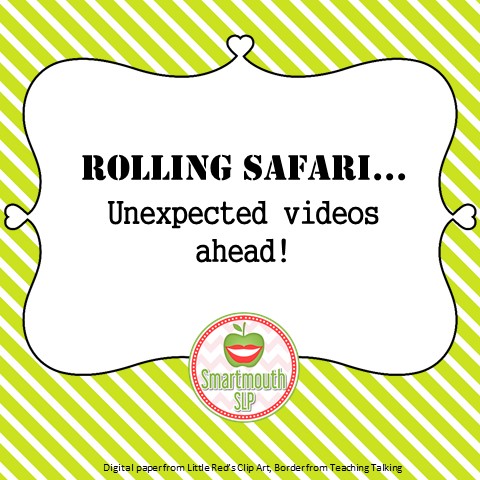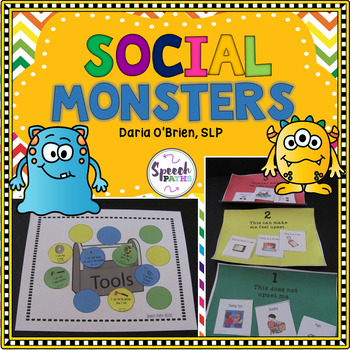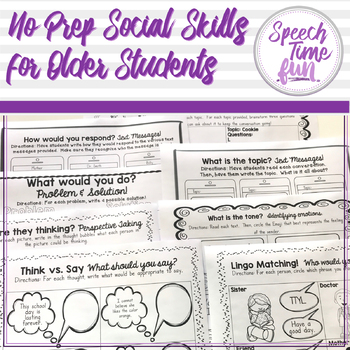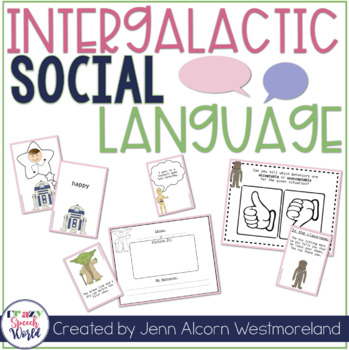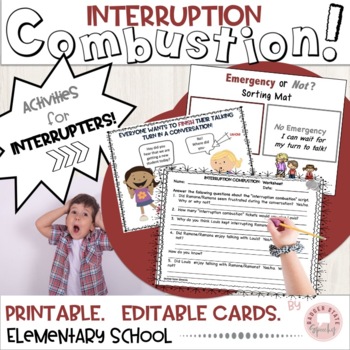
With two boys of my own, Shark Week has always been a big hit around my house. It’s coming around again this month for 2016 and we will be sure to watch! I have seen some really cute craftivities on sharks that I will be using with my summer kiddos including these great ideas from Sunflower Storytime and their free shark mouth template PDF !

I was thinking about how to apply Shark Week fun to social language concepts using the shark mouth pdf, and I came up with this:

I printed the shark outline on cardstock and laminated it to make it more durable. Next, I put stick on velcro dots along the edge of the mouth (you could use tape, glue or even lay it flat and just put the teeth along the edges. I used Word and copied as many triangles onto the page as I could since the pdf only had one tooth that I used for sizing. Then I printed the teeth out on card stock and cut them out before the activity. This activity is appropriate for late elementary ages on up but could be simplified for younger kids too.
Before making our shark mouths, we talked about how “sharp” words can be (just like shark teeth). They can cut and wound people when we are being mean or not using our social filters (think it vs. say it). I asked the kids to share some words that would be hurtful to them or the people that they care about, and we called them shark bites. We brainstormed on a white board first to talk it through. I like to have a visual model (Sarah Ward’s executive function workshop opened my eyes to beginning with the end visually for our kids), but I don’t want them to copy exactly what I have written. BTW, I always have that one kid who tells me, “I don’t care what people say about me”, so we talk about it from a cartoon character’s perspective instead (Sponge Bob and Squidward are great examples). This is a little easier for some of my students with ASD, to talk about difficult subjects or feelings from someone else’s experience, not their own.
We also practice sorting out teeth that I have written on prior to the lesson, onto thought bubbles and talking bubbles. This is a great companion activity to work on the concept of not saying everything that we are thinking, because it can be hurtful. I extend this concept to include the idea that just because something is “true” doesn’t mean that it is okay to say it, if it hurts someone.

That’s how we are diving in deep during social skills shark week! How are you incorporating sharks into your themed therapy (social skills or otherwise)? Share here!




